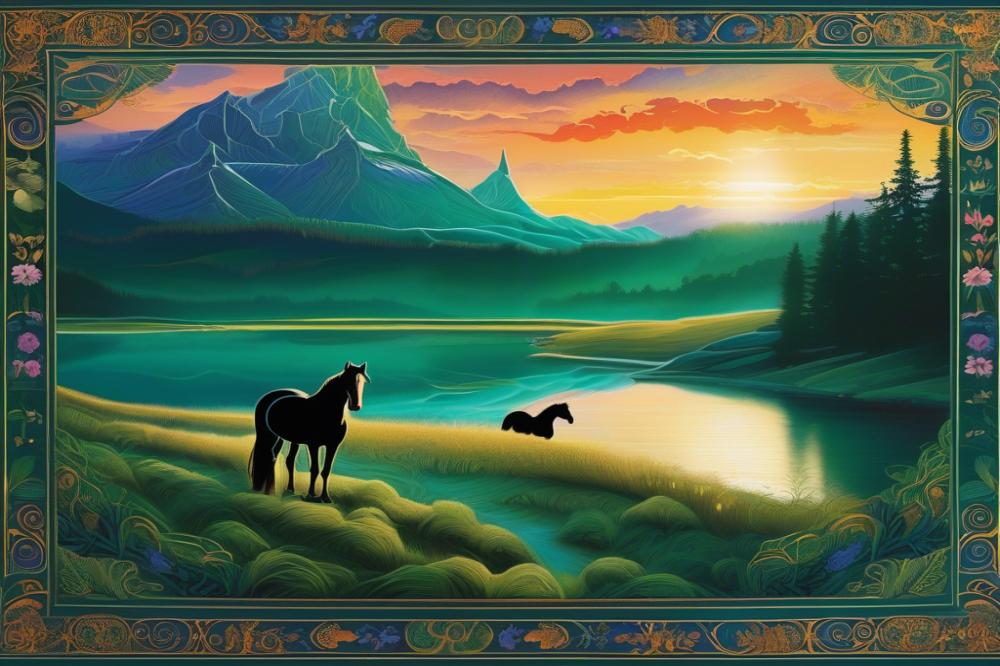Introduction
Throughout history, animals have held a special place in human culture. In many societies, these creatures symbolize strength, loyalty, and companionship. Among them, the connection with equines stands out prominently. These animals were not just beasts of burden; they were often regarded as trusted friends, helping humans navigate through harsh landscapes.
Nordic Folklore is rich and diverse, filled with stories that reflect the values and beliefs of ancient Scandinavian communities. legends from this region often weave together elements of nature, the divine, and the everyday lives of people. Heroes and mythical beings frequently encountered fantastical creatures, emphasizing the deep bond between humans and the natural world.
In Norse mythology, equines assume a significant role. Many tales highlight their importance as companions, not merely transportation. Legendary figures often rode magnificent steeds, showcasing their status and strength. Additionally, these animals were believed to possess unique qualities, such as wisdom and foresight. This belief underscores how vital they were to the mythology and daily life of ancient Nordic societies. They were more than animals; they were partners in both adventures and struggles.
Horses in Norse Mythology
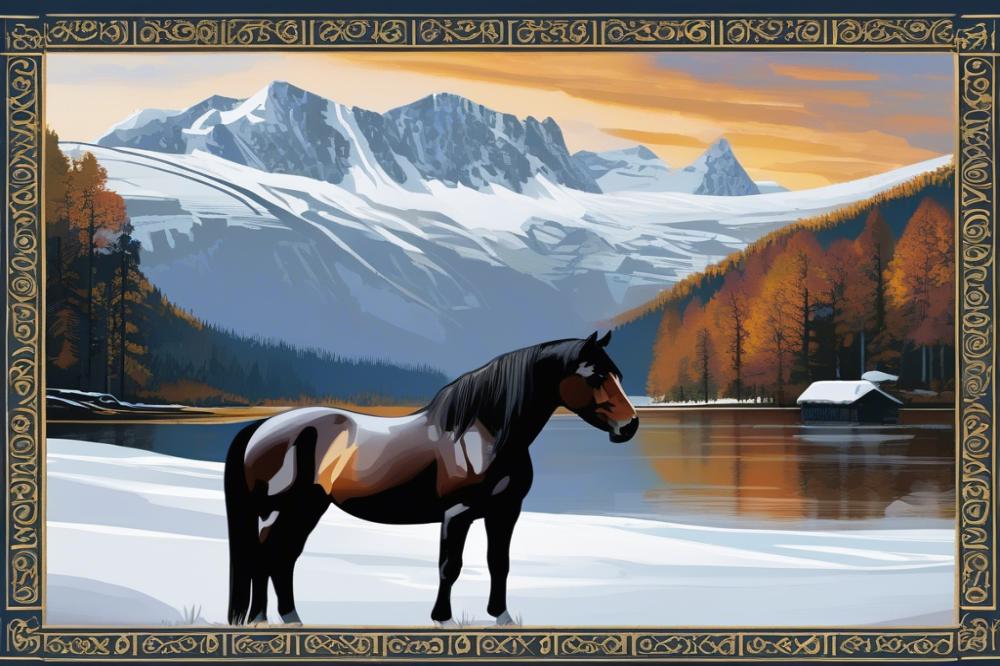
In Norse mythology, equines are significant symbols of power, loyalty, and connection to the divine. They appear in various myths, serving different roles that reflect their importance in the ancient Nordic cultures. These majestic creatures often accompany gods in their epic journeys and adventures.
Key Horses in Mythology
Sleipnir stands out as one of the most notable equines in the Norse myths. This eight-legged steed, owned by Odin, represents not just speed but also strength and the ability to traverse different realms. As the offspring of Loki and the stallion Svaðilfari, Sleipnir’s birth is a fascinating tale in itself. It reflects the complex relationships and unforeseen events that often shape the myths.
Another intriguing figure is Hófvarpnir, a lesser-known but exceptional horse associated with the goddess Freyja. Known for its great beauty, this creature showcases the connection between divinity and the natural world. It also highlights the value placed on appearance and skill among the gods.
The Role of Horses in Divine Tales
Often, these creatures serve as loyal companions to the gods and goddesses. Traveling across Midgard and beyond, they embody the spirits of adventure and exploration. In many stories, they assist their riders in dangerous quests or epic battles, reinforcing the bond between deities and their mounts.
Riders depend on these beings during significant events, such as the journey to the underworld or battles against giants. The presence of a strong horse can mean the difference between victory and defeat. Tales often describe how these steeds are not simply tools but partners in the challenges faced.
Additionally, horses symbolize fate and destiny in some narratives. Their roles can lead to the unfolding of events that the gods themselves cannot control or foresee. In this way, they reflect the unpredictable nature of life and the mystery that shrouds the future.
Symbolism of Horses in Nordic Folklore
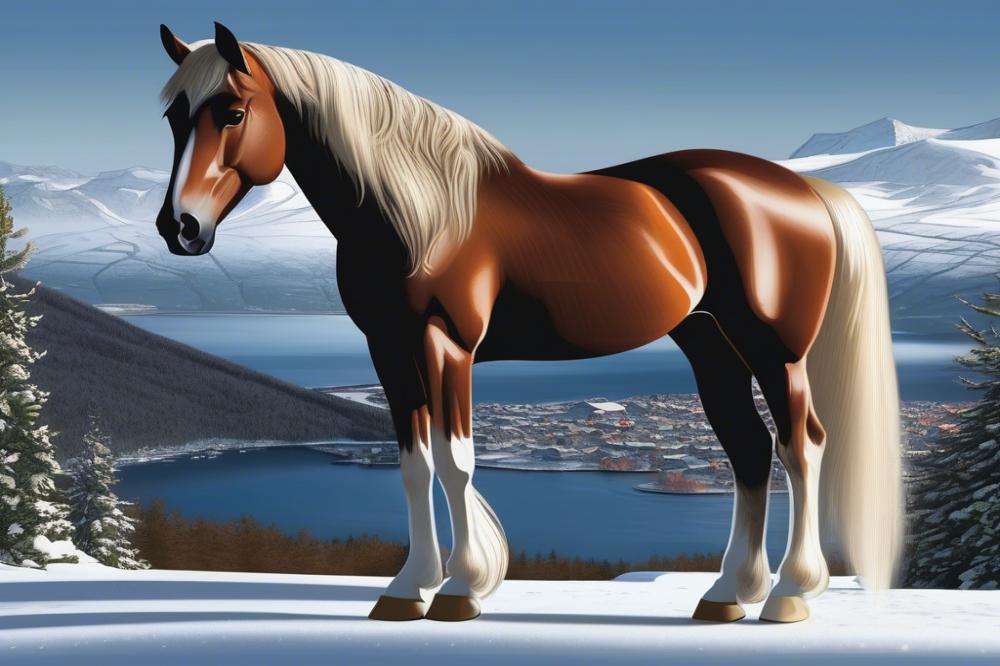
In Nordic folklore, equines symbolize power, loyalty, and strength. They are often seen as majestic creatures that embody these traits. Warriors valued them as their closest allies in battle. Trustworthiness was a key quality attributed to them.
These animals also hold significant ties to the cycles of life and death. In many legends, they guide souls to the afterlife. This connection highlights the role of equines as mediators between the physical and spiritual realms. Such beliefs emphasize the importance of these beings in the mythological landscape.
Various folklore creatures showcase their representation in different forms. For example, Sleipnir, Odin’s eight-legged steed, stands out in the pantheon of mythological beings. This powerful animal symbolizes not just speed but also the ability to traverse between worlds. Similarly, the water horse, or “Nokk,” from tales, represents both beauty and danger. They lure unsuspecting souls to watery graves, a stark reminder of their complex nature.
Each story reveals the multifaceted roles these beings play. As companions, they provide unwavering support. Mythological narratives often illustrate their significance in human affairs. From grand battles to gentle journeys, their presence is ever impactful.
Numerous tales weave together how these creatures influence the hearts and minds of people. The strong bond between individuals and their steeds illustrates profound relationships. As protectorate beings, they offer comfort and strength during challenging times. All these aspects enrich the fascinating tapestry of Nordic folklore.
Horses and Valkyries
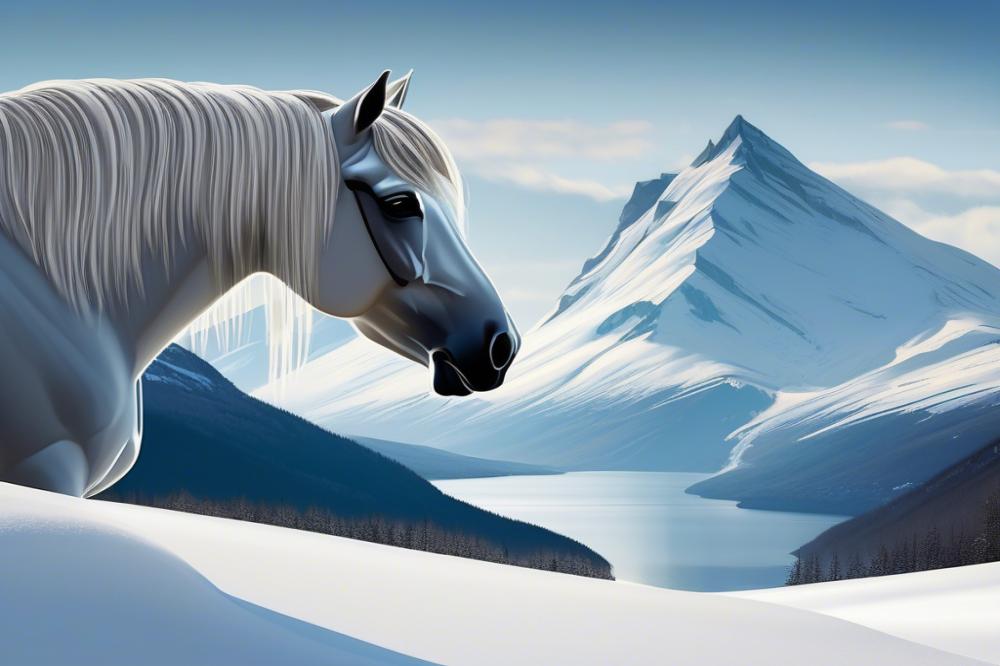
In Nordic legends, a strong link exists between Valkyries and their mounts. These female figures served Odin, the chief god. They chose those who would live and die in battle. Each Valkyrie rode a majestic steed, signifying power and freedom. The horses were not just animals; they symbolized the strength of the Valkyries themselves.
Beliefs about the afterlife often included these riders. Valkyries guided the souls of fallen warriors to Valhalla, where they would feast until Ragnarök, the end of the world. Their horses assisted in this sacred task. By riding into battle, the Valkyries demonstrated bravery, but their mounts also played a crucial role, showcasing loyalty and strength.
Equine companions were more than just transportation. They represented valor and courage throughout the mythology. Tales of Valkyries often highlighted their fearless nature. Each story painted a vivid picture of strength, with the horse embodying the traits of its rider. Together, they forged a bond that transcended the physical world.
In many accounts, the bond between the Valkyries and their steeds was deep. Riding into conflict, the Valkyries exemplified the fierce spirit of Norse warriors. Their horses, powerful and swift, mirrored this ferocity. Thus, the connection formed between them went beyond mere utility.
Ancient Traditions and Horse Cultures
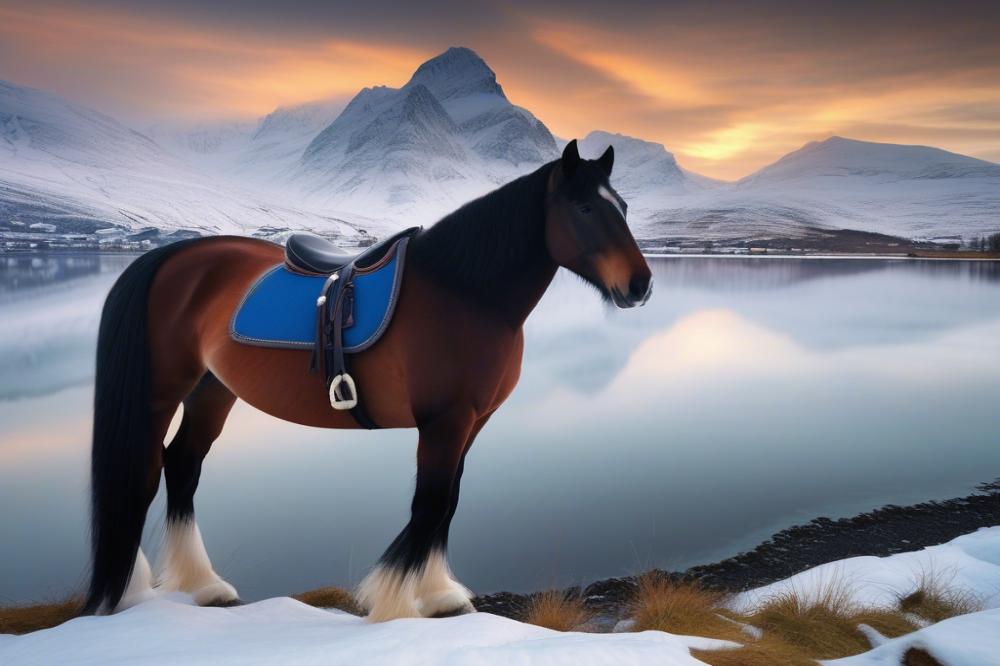
Many ancient traditions highlight the bond between people and their equine companions in Nordic societies. These creatures often represented strength and loyalty. They held significant roles in various cultural practices.
Rituals frequently included horses in celebrations. For instance, during a wedding, a horse might be decorated and paraded as a symbol of good fortune. Myths often presented majestic beings, further deepening the relationship between humanity and these animals.
Moreover, sagas frequently mention horses during epic adventures. Heroes rode into battle on noble steeds and embarked on journeys that demanded courage. Such tales emphasized not just the physical traits of the animals but also their spirits.
In daily life, these animals were essential for transportation and agriculture. Communities relied on them for farming tasks, significantly impacting their way of life. The presence of a horse often meant that families had a means to travel long distances for trade.
Mythology also paints captivating images involving these animals. Norse legends describe magical horses with unique capabilities. Some were said to be able to traverse both land and water, while others had the ability to fly. These stories illustrated the divine qualities attributed to them.
Companionship was also a powerful theme. Many people viewed their horses as friends who provided emotional support. They were more than tools; they were trusted allies on and off the battlefield.
Traditions vary across regions, but the significance remains universal. In some cultures, a rider’s bond with their horse was so strong it would be celebrated in songs and stories. This indicates a profound understanding of the relationship between two beings.
Overall, ancient Nordic societies clearly honored their companions. Legends reflect this deep-rooted connection, showing respect for what these animals brought to their lives. The presence of horses enriched their folklore and daily rituals, creating a lasting legacy.
Horses in Sagas and Folklore Creatures
In the traditional sagas, these noble animals often played significant roles. Many stories highlight their strength and loyalty, reinforcing the bond between humans and creatures. Characters frequently relied on them for transportation and companionship. Noteworthy is the tale of Hrafnkels saga, where the horse’s importance shapes the protagonist’s journey. Through such narratives, these animals are not merely beasts of burden; they are depicted as trusted allies.
Mythical beings also appear alongside these equines in many legends. For instance, Sleipnir, a horse with eight legs, is a striking example of how these creatures transcend the ordinary. This remarkable beast belongs to Odin, the chief god, showcasing the blend of power and divine connection. Such tales reflect cultural values while adding layers to the animal’s symbolism. The relationship between heroes and their magical companions emphasizes themes of courage and adventure. These partnerships often lead characters through trials, symbolizing strength and endurance.
Stories of mythical creatures with horse companions significantly impact modern perspectives on these animals. Often depicted in various media, such representations influence how people perceive them today. This rich tapestry of tales from the past continues to resonate, shaping our understanding of equine attributes. As a result, contemporary narratives sometimes draw inspiration from these timeless relationships. They highlight the unique bond that can exist between humans and their equestrian friends.
Final Thoughts
In Nordic folklore and legends, horses hold an important place. Stories often depict these animals as more than mere steeds; they symbolize strength, loyalty, and freedom. They are frequently portrayed alongside gods and heroes, illustrating their vital role in the connection between man and the divine.
cultural significance runs deep. For many communities in the region, horses represent companionship. They served as partners in everyday life, helping with work and providing comfort during difficult times. These deep bonds reflect an understanding of nature and the importance of relationships with other beings.
Traditions surrounding these majestic creatures continue to influence modern culture. Festivals featuring horses, local storytelling, and artistic representations keep this legacy alive. Today, people still recognize the profound impact made by these animals in the history and culture of the Nordic countries.
By reflecting on the past, we can see that their connection with human beings transcends time. Stories passed down through generations speak to a cherished companionship that resonates even today. As we explore the depths of Nordic folklore, it becomes clear that the relationship with these animals is rich and enduring.

